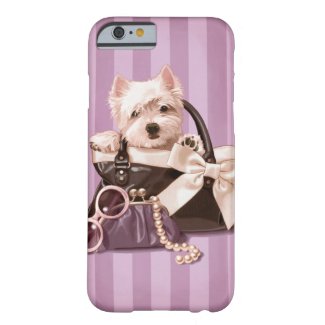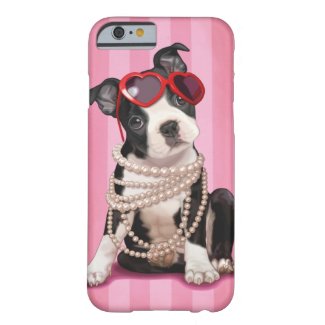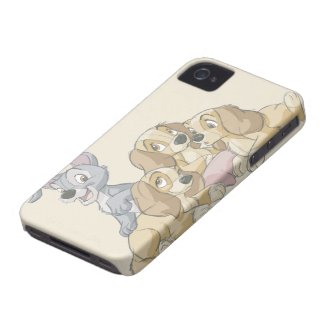A 7-Step Housetraining Guide For Your Puppy (Part 2)
Housetraining your puppy is about to get
real easy, so long as you are following these seven simple steps to success.
That means that you have already purchased the right dog crate, perhaps a baby
gate in the process, and have picked out the perfect potty spot (preferably in
your back yard).
Step Three: Make Scents
Your puppy's sense of smell is far better
than yours. The canine snout has about 220 million cells designed specifically
to detect scents, while we humans have only about 5 million such cells. Adding
to that incredible scent-detecting capability is the moisture in and on your
puppy's nose, which lets it collect large numbers of scent molecules that
together amplify what it's already smelling.
Still, another scent-detection enhancement
is your puppy's olfactory center (the area of the brain that identifies scents)
and nasal membrane, both of which are larger than the corresponding areas in
human beings. All of those physiological differences mean that your puppy can
detect lots of scents that you cannot.
So what does your puppy's super sniffing
mean for your efforts to housetrain it? Quite simply, you can use the scent of
a previous bathroom break to show your puppy where you want it to take its next
one. The next time your puppy pees, wipe its bottom with a paper towel or soft
cloth, and save it.
At the next bathroom break, take the cloth
and your puppy to the outdoor potty spot, and place the cloth on the spot. In
all likelihood, your puppy will sniff the cloth intently, then re-anoint it.
Repeat this process a few times, and soon your puppy will do its business on
the potty spot without the cloth or any other prompting from you.
Some More Of That Love For The Little Guys

Westie puppy barely there iPhone 6 case by MarylineCazenave
Browse Westie Casemate Cases online at Zazzle.com

Classic Lady and the Tramp Snuggling Barely There iPhone 6 Case by disney
Shop for another Zazzle iPhone 6 Case

Boston Terrier Barely There iPhone 6 Case by MarylineCazenave
Look at more Black Casemate Cases at zazzle

Lady and the Tramp Puppies Case-Mate iPhone 4 Cases by disney
Find more Lady and the tramp Casemate Cases at Zazzle
Step Four: Make A Schedule
The best way to keep track of all those
bathroom breaks is to establish pre-determined times when you'll feed your
puppy, play with it, take it out and put it in the crate for a nap. Such a
schedule not only gives you some predictability during the housetraining
process, but your puppy will also become housetrained more quickly. That's
because if you take it out to eliminate at the same times every day, its body
will become accustomed to the schedule, and it'll be conditioned to do its
business when you want it to.
For More Great Dog Products and Articles check out our site.
For More Great Dog Products and Articles check out our site.


No comments:
Post a Comment